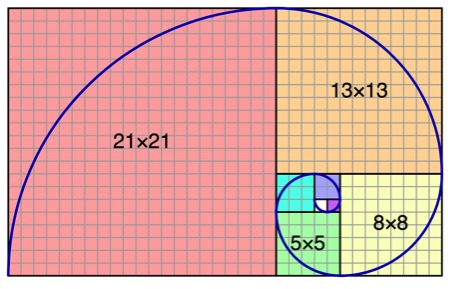Teaching Maths through Nature
In my last blog ‘Lets Shake Up Education’ (25th March 2022) I highlighted my personal issues with today’s education system and explored the idea of schools being encouraged into an alternative method of teaching, potentially along the lines of Inspirations’ philosophy and pedagogy of child centred learning and adult/child collaboration and team work.
 In our current mainstream schooling system we have reduced teaching maths (along with a myriad of other subjects) to a behind the desk repetitive, memorising task with little to no practical, exciting exploration of content. It is hardly surprising then to note that a recent US study from The National Centre for Educational Statistics, suggested that approximately 70% of year 4 girls report an interest in maths, but by year 8, this figure had fallen to 53%, the largest decline during any period of time in a girl’s K-12 experience. For boys, 69% report an interest in maths in year 4, declining to 58% by year 8.
In our current mainstream schooling system we have reduced teaching maths (along with a myriad of other subjects) to a behind the desk repetitive, memorising task with little to no practical, exciting exploration of content. It is hardly surprising then to note that a recent US study from The National Centre for Educational Statistics, suggested that approximately 70% of year 4 girls report an interest in maths, but by year 8, this figure had fallen to 53%, the largest decline during any period of time in a girl’s K-12 experience. For boys, 69% report an interest in maths in year 4, declining to 58% by year 8.
Part of our philosophy here at Inspirations, is learning through nature, and when you really look closely, you can see so clearly maths throughout natural structures, it is in fact at the heart of all things natural! As The Centre for Learning Through Nature so aptly describes it-
‘It is ironic that teaching maths this way (though nature) should be considered innovative: Nature has long been the inspiration for the development of mathematical ideas. Mathematicians throughout history have marvelled at the fact that maths seems to “fit Nature like a glove.” “How can it be that mathematics,” Einstein famously wondered, “being after all a product of human thought independent of experience, is so admirably adapted to the objects of reality?” Galileo simply put it this way: “Mathematics is the language with which God has written the universe.”
 Indeed, mathematicians have discovered mathematical rules in the nature of light and gravity, in the shape and movement of planets, in rivers and trees, and in the beating of people’s hearts. It might fairly strike some as strange, then, that maths education so rarely has any Nature in it.’
Indeed, mathematicians have discovered mathematical rules in the nature of light and gravity, in the shape and movement of planets, in rivers and trees, and in the beating of people’s hearts. It might fairly strike some as strange, then, that maths education so rarely has any Nature in it.’
I ponder why this is so, it saddens me that it is. I know for certain I would have been so much more involved in a maths curriculum if it had, and my children too.
If you are interested in supporting your child’s mathematical development through practical, outdoor lead, nature enriched activities then think about going on an expedition to find:
1) The Fibonacci Sequence: a sequence of numbers beginning with 1 and 1, with each subsequent number being found by adding the two previous numbers together. Therefore, after 1 and 1, the next number is 2 (1+1). The next number is 3 (1+2) and then 5 (2+3) and so on.


2) Fractals: meaning the same basic shape is seen again and again in the shape itself, if you were to zoom way in or zoom way out, the same shape is seen throughout. Take a look at a fern leaf for example.
3)Shapes: hexagons in honeycombs or try blowing bubbles and see what shape you make.
4)Concentric circles: look at the circles in a tree stump or draw some in the mud.
Our whole galaxy is a mixture of these incredible mathematical principles, why then is our maths curriculum not giving our children the opportunities they deserve. Opportunities to explore these truly exciting principles?
I for one don’t understand, and the system in my view must change. A change in the right direction could give our children back autonomy over their own learning, to find the excitement of learning and exploring within and of nature. Who knows, maybe, like Galileo and Einstein, they too might discover some new principle of the universal language of maths, an opportunity not likely to happen sat behind a desk following a prescribed performance related curriculum…
What do you think?
-Nicola

